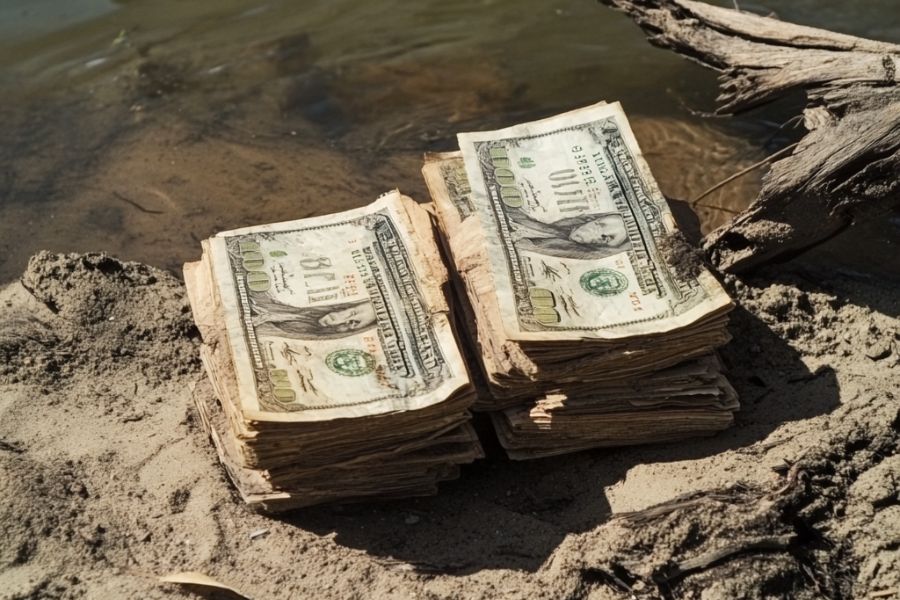Did you know that fortunes worth millions of dollars have been found throughout Washington state? Some lucky Washingtonians have stumbled upon valuable artifacts, precious metals, and historical items just by keeping their eyes open.
These finds connect us to our rich state history in ways history books simply cannot. Also, learning about these treasures is super fun and might even inspire you to do some searching yourself. Who doesn’t love a good treasure hunt in our own backyard?
Many of us grew up hearing stories about lost mines and buried loot, but the real discoveries are even more exciting than the legends.
Amazing Treasures That Have Been Found In Washington
Few things are as exciting as uncovering lost riches, and Washington has had its fair share of incredible discoveries. After reading about these remarkable finds, don’t miss our list of the 15 Greatest Hidden Treasures in Washington that you might still have a chance to locate!
Republic Gold Deposit – $3,000,000,000+
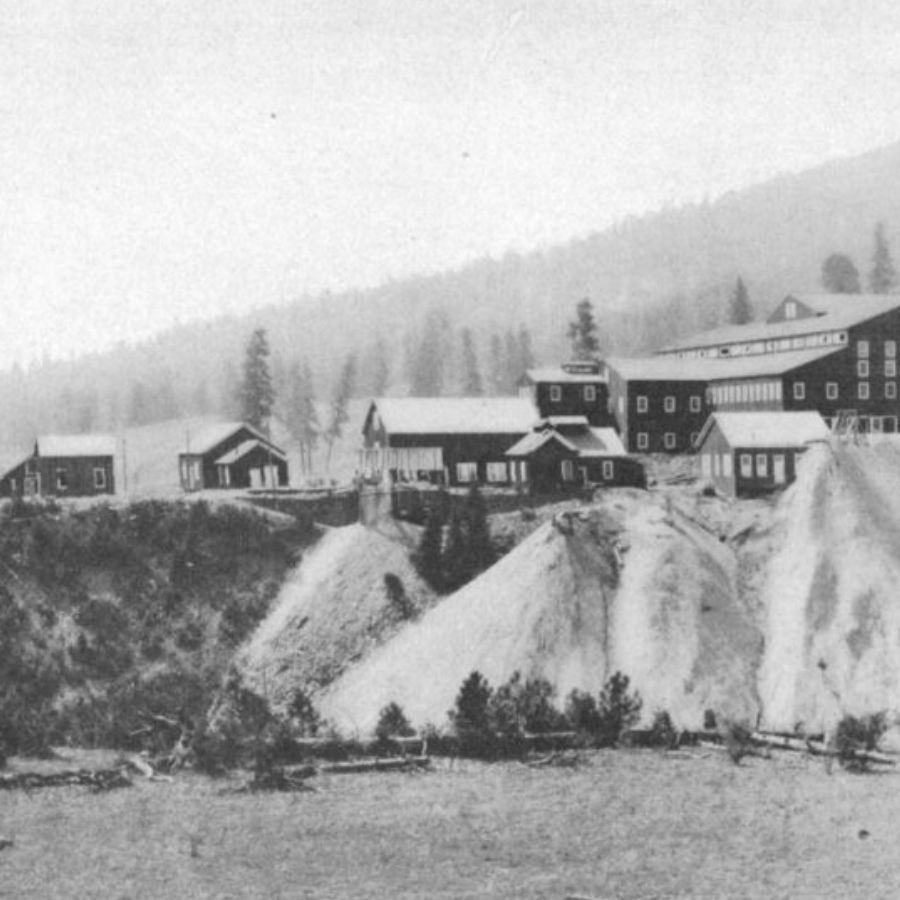
Calibre Mining announced the discovery of a substantial gold deposit near Republic in 2022. The Golden Eagle Project, located approximately three miles northwest of the historic mining community, is estimated to contain around 2 million ounces of gold.
This discovery has the potential to revitalize the area’s mining industry, which has a rich history dating back to the 1800s.
The project is currently in the exploration stage, with further studies planned to assess the feasibility of extraction. If developed, it could bring significant economic benefits to the local community, including job creation and increased investment.
How much the treasure would be worth today
The 2 million-ounce deposit is valued at more than $3 billion before extraction costs.
SS Pacific Shipwreck – $7,000,000+
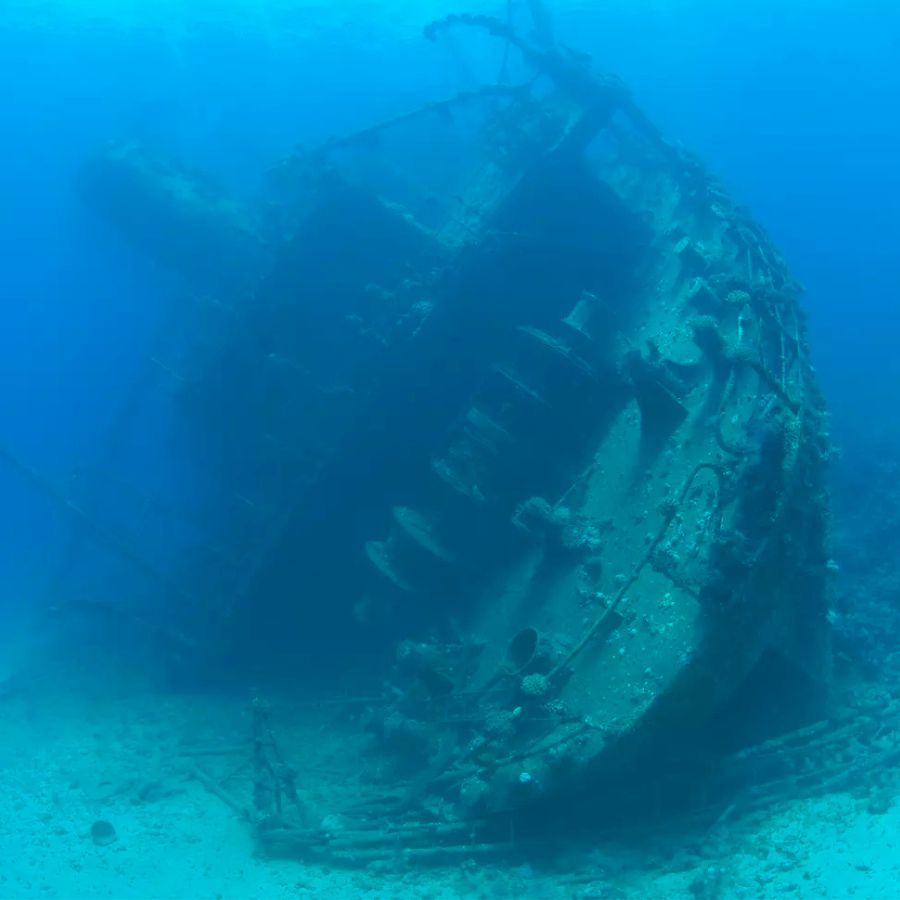
The SS Pacific, a sidewheel steamship, sank off the coast of Cape Flattery, Washington, in November 1875 after a collision with the sailing vessel Orpheus. The tragic incident resulted in the loss of all but two of the estimated 325 passengers, making it one of the deadliest maritime disasters in the Pacific Northwest’s history.
The ship was carrying a significant amount of cargo, including 300 bales of hops, 2,000 sacks of oats, 250 hides, 11 casks of furs, 31 barrels of cranberries, 2 cases of opium, six horses, two buggies, 280 tons of coal, 30 tons of miscellaneous goods, and $79,220 in gold.
In 2022, after nearly 150 years, the wreckage was located by Jeff Hummel and his team at Rockfish, Inc., using advanced technology. Plans are underway to recover the ship’s valuable cargo, including gold bars and coins.
How much the treasure would be worth today
The SS Pacific’s cargo included at least 4,000 ounces of gold, which would be worth approximately $7 million today.
East Wenatchee Clovis Cache – $1,000,000+
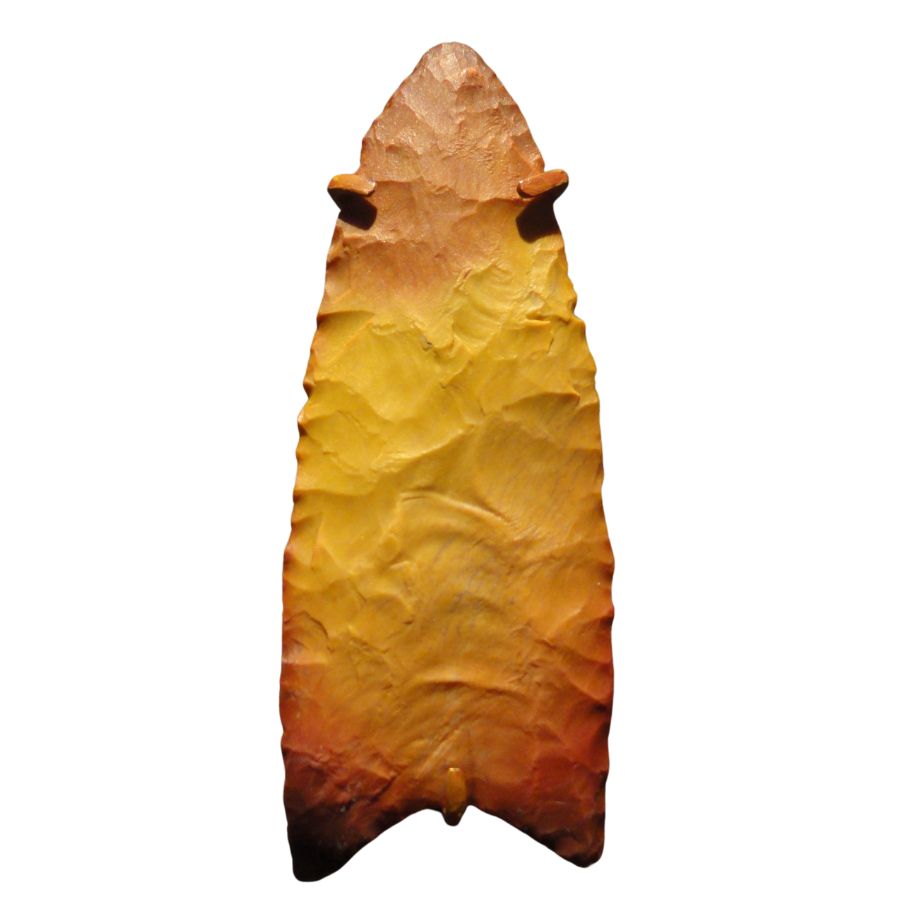
In 1987, workers Moises Aguirre and Mark Mickles were installing an irrigation pipe in an apple orchard in East Wenatchee, Washington. They unexpectedly unearthed a collection of ancient stone tools buried about 20 inches deep.
This significant find, known as the East Wenatchee Clovis Cache, dates back approximately 11,000 to 12,000 years.
The cache includes beautifully crafted Clovis spear points, some exceeding nine inches in length, making them among the largest discovered. These artifacts provide valuable insights into the early inhabitants of North America and their tool-making skills.
How much the treasure would be worth today
The East Wenatchee Clovis Cache, comprising extremely rare Paleo-Indian artifacts, is estimated to be worth over $1,000,000 as a collection.
Kennewick Man – $1,000,000+
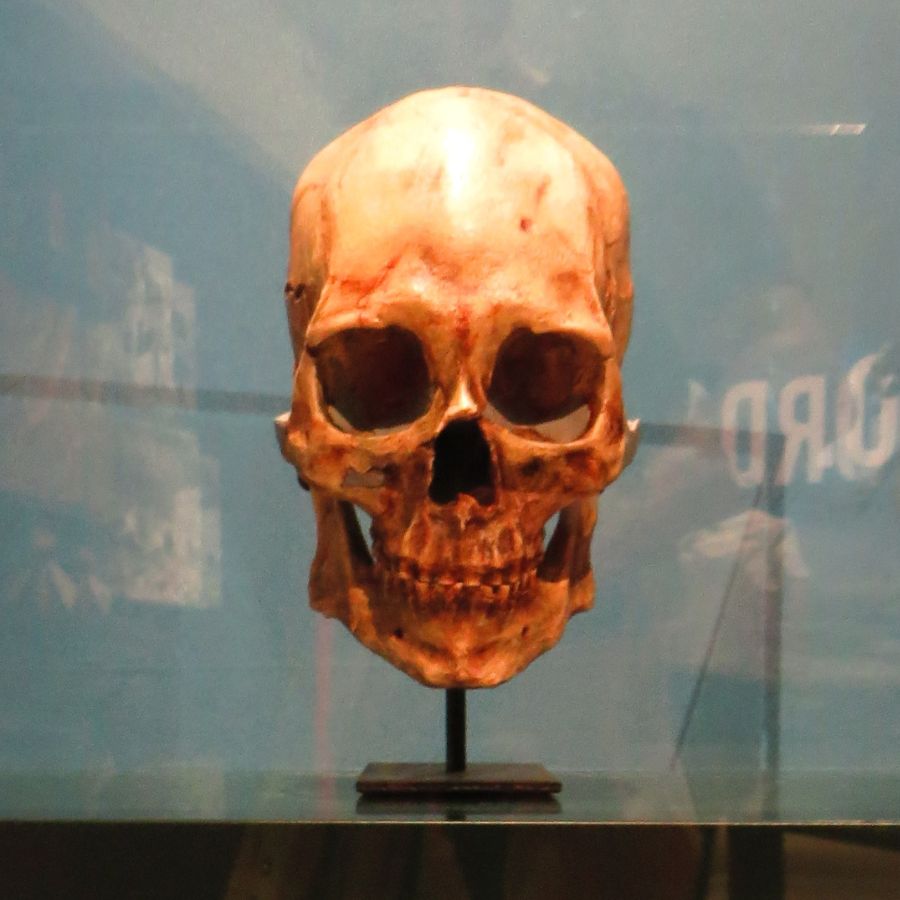
In July 1996, two men accidentally discovered a human skull along the Columbia River near Kennewick, Washington. Further investigation revealed a nearly complete skeleton, now known as Kennewick Man or “The Ancient One.”
Radiocarbon dating indicates that he lived approximately 8,400 to 8,690 years ago, making these remains among the oldest and most complete in North America. The discovery has provided invaluable insights into the early inhabitants of the continent, including their physical characteristics and lifestyles.
Extensive studies have been conducted to understand his origins, diet, and the environment he lived in. Kennewick Man has significantly contributed to the knowledge of human migration and settlement patterns in ancient times.
How much the treasure would be worth today
Kennewick Man is estimated to be worth $1,000,000 or more, but due to its historical and cultural importance, it is considered priceless and not for sale.
Manis Mastodon Site – $500,000+
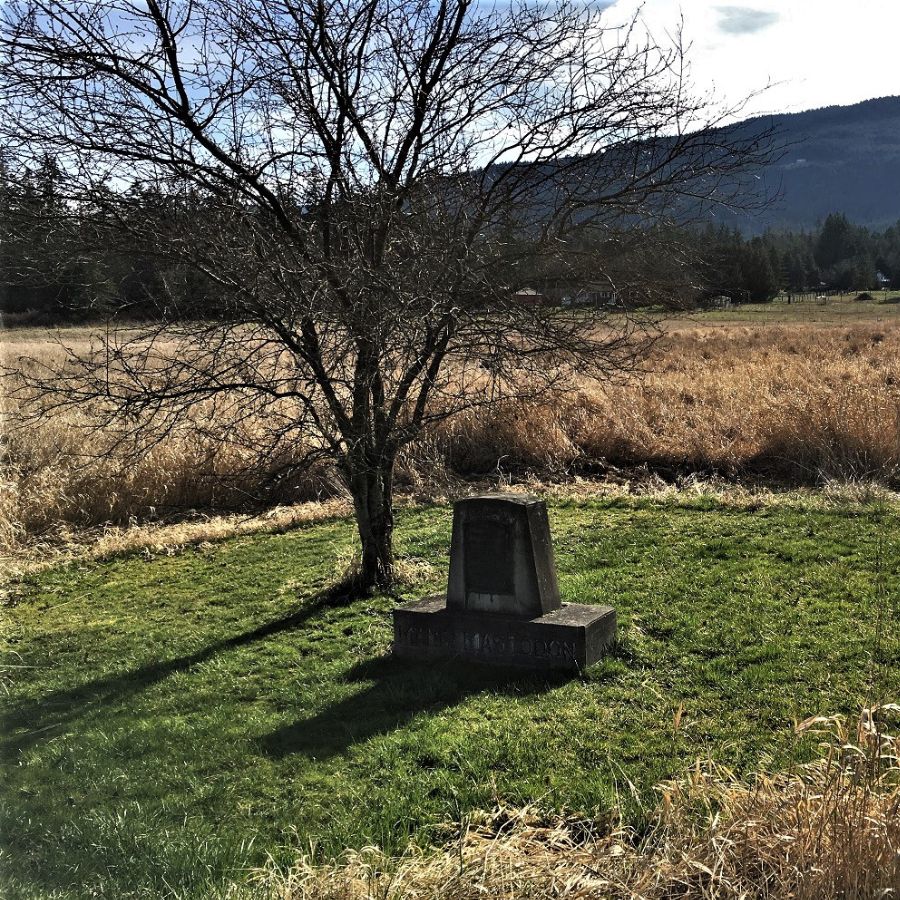
In August 1977, farmer Emanuel “Manny” Manis was excavating a peat bog on his property near Sequim when he unearthed two large tusks.
Recognizing the significance of his find, Manis contacted Dr. Carl Gustafson from Washington State University, who led a detailed excavation of the site. The team discovered the remains of an American mastodon, including a rib bone with a projectile point made from another mastodon’s bone embedded in it.
This finding provided compelling evidence that humans inhabited the region approximately 13,800 years ago and hunted these massive creatures. The site also yielded remains of other animals, such as caribou and bison, suggesting a diverse ecosystem and early human hunting practices.
In 2011, advanced studies confirmed the age and human origin of the bone projectile, solidifying the site’s importance in understanding early human migration and subsistence strategies in North America.
How much the treasure would be worth today
The Manis Mastodon artifacts are invaluable to science and history. However, it is estimated to be worth around $250,000 – $500,000 based on similar prehistoric fossil discoveries.
Captain Vancouver’s Lost Anchor – $200,000+
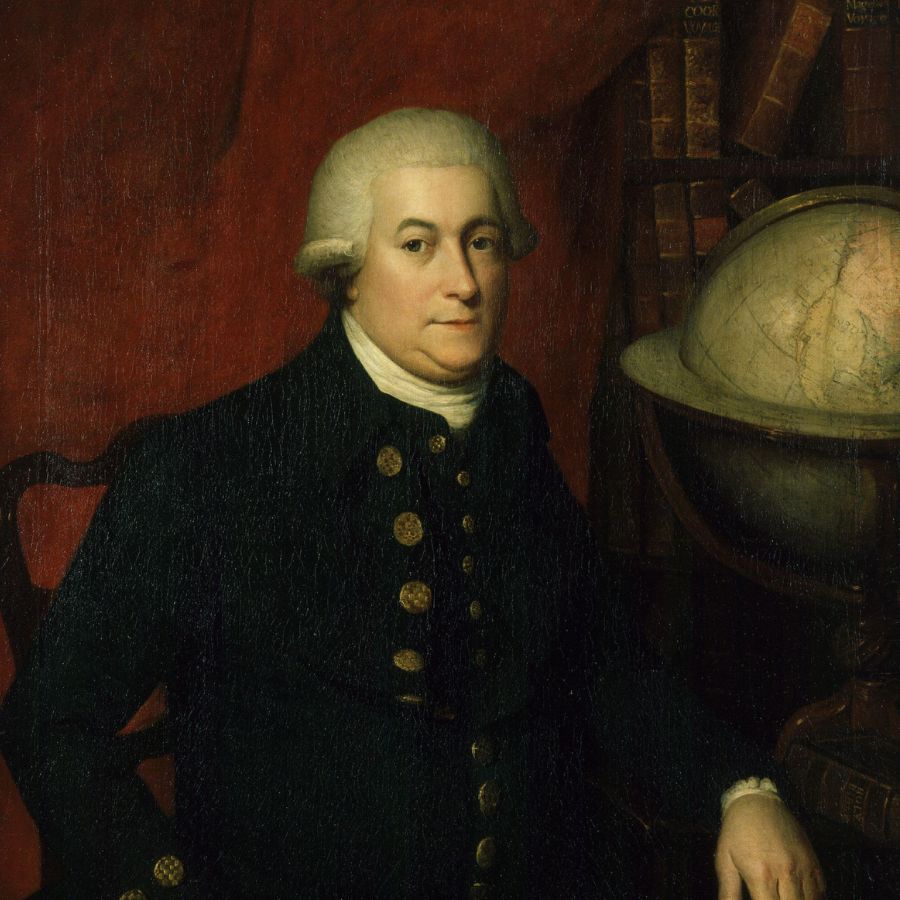
In June 2014, an anchor weighing approximately 900 pounds was recovered from the waters off Whidbey Island in Washington State. Historians believe this anchor belonged to HMS Chatham, a vessel that accompanied Captain George Vancouver’s expedition in 1792.
Records indicate that on June 9, 1792, HMS Chatham lost an anchor in the area, and the design and size of the recovered artifact match those used during that period.
The discovery offers a tangible connection to early European exploration of the Pacific Northwest, providing insights into 18th-century maritime history and the challenges faced during such voyages.
Efforts are underway to preserve and study the anchor, with plans to display it in a museum to educate the public about this significant historical artifact.
How much the treasure would be worth today
Vancouver’s anchor could be worth around $100,000 – $200,000, based on similar historical maritime relics.
Blue Lake Rhino – $1,000,000+
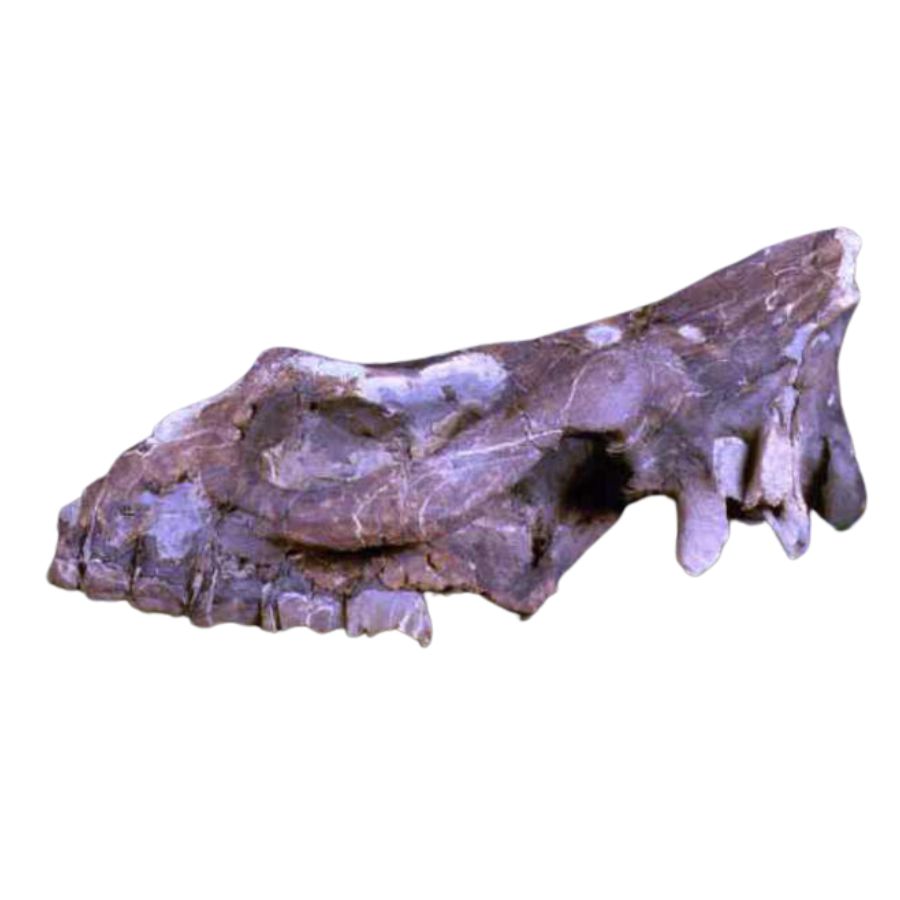
In July 1935, two Seattle couples, George and Ruth Peabody along with Haakon and Asiang Friele, were exploring basalt cliffs in Jasper Canyon near Blue Lake in Grant County.
During their hike, they discovered a small cave approximately 300 feet above the lake’s surface. Inside the cave, they found bone fragments scattered on the ground and a partial jawbone with teeth.
Recognizing the potential significance of their find, they brought the jawbone to the attention of geologist George Beck at the Washington State Normal School (now Central Washington University).
Beck and an assistant visited the cave the following month to investigate further. Upon examination, Beck determined that the cave was actually a mold of a rhinoceros that had died approximately 15 million years ago.
The animal’s body had been covered by a basalt flow, preserving a detailed mold of its form in stone. In 1951, researchers Wyatt Durham and Donald Savage created a plaster cast of the seven-foot-long mold to better understand its shape.
This replica was initially housed at the University of California Museum of Paleontology in Berkeley. Later, Savage donated the cast to the Burke Museum in Seattle, where it was prepared for display in 1979.
How much the treasure would be worth today
Blue Lake Rhino is estimated to be worth around $500,000 – $1,000,000, though its scientific significance makes it more valuable for research than for sale.
Sunken Locomotive of Lake Stevens – $1,000,000+

Between 1911 and 1915, a logging train’s brakes failed, causing the locomotive to roll into Lake Stevens, Washington, where it sank beneath the waters. For decades, the tale of the submerged engine was considered local legend, with no concrete evidence to confirm its existence.
In 1995, the Navy’s Explosive Ordnance Disposal Mobile Unit 17 undertook a training mission to investigate the story. Utilizing specialized sonar equipment, the team located the locomotive approximately 35 feet underwater, buried under 14 feet of mud.
The sonar images revealed the outline of the 25- to 30-foot-long engine lying on its side, largely intact despite its prolonged submersion. The discovery validated the accounts of long-time residents who recalled the incident, bringing a sense of vindication to the community.
Efforts to raise the locomotive have been discussed, but concerns about legal rights, environmental impact, and preservation challenges have delayed action. The locomotive remains submerged, serving as a submerged testament to the region’s logging history and early industrial endeavors.
How much the treasure would be worth today
Sunken Locomotive of Lake Stevens could be valued between $500,000 – $1,000,000.
Moses Coulee Meteorite – $165,000+
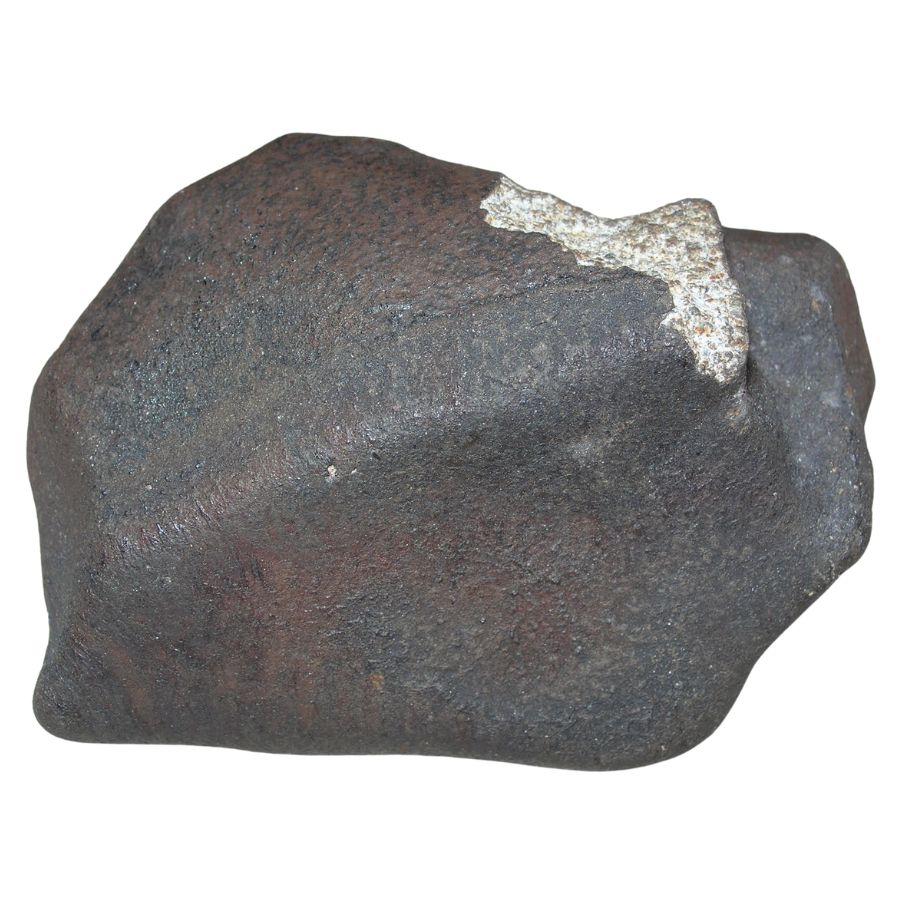
In 1917, farmer Fred Fachnie was plowing his field near Waterville when his combine struck an unusual object. Upon inspection, he discovered an 82-pound meteorite, later identified as an iron meteorite.
This find holds the distinction of being the first meteorite recovered in Washington State.
Over time, the meteorite’s weight has reduced to 73.25 pounds due to sampling and preservation efforts. Today, this significant piece of extraterrestrial material is displayed at the Douglas County Historical Museum in Waterville.
Visitors to the museum can view the meteorite and learn about its history and the circumstances of its discovery. The museum also features an extensive collection of rocks and petrified wood, showcasing the region’s rich geological heritage.
How much the treasure would be worth today
As a rare and scientifically valuable specimen, the Moses Coulee Meteorite’s worth is difficult to quantify, but meteorites can fetch between $0.50 to $5.00 per gram, suggesting a potential value of up to $165,000.
Ginkgo Petrified Forest Logs – $10,000+
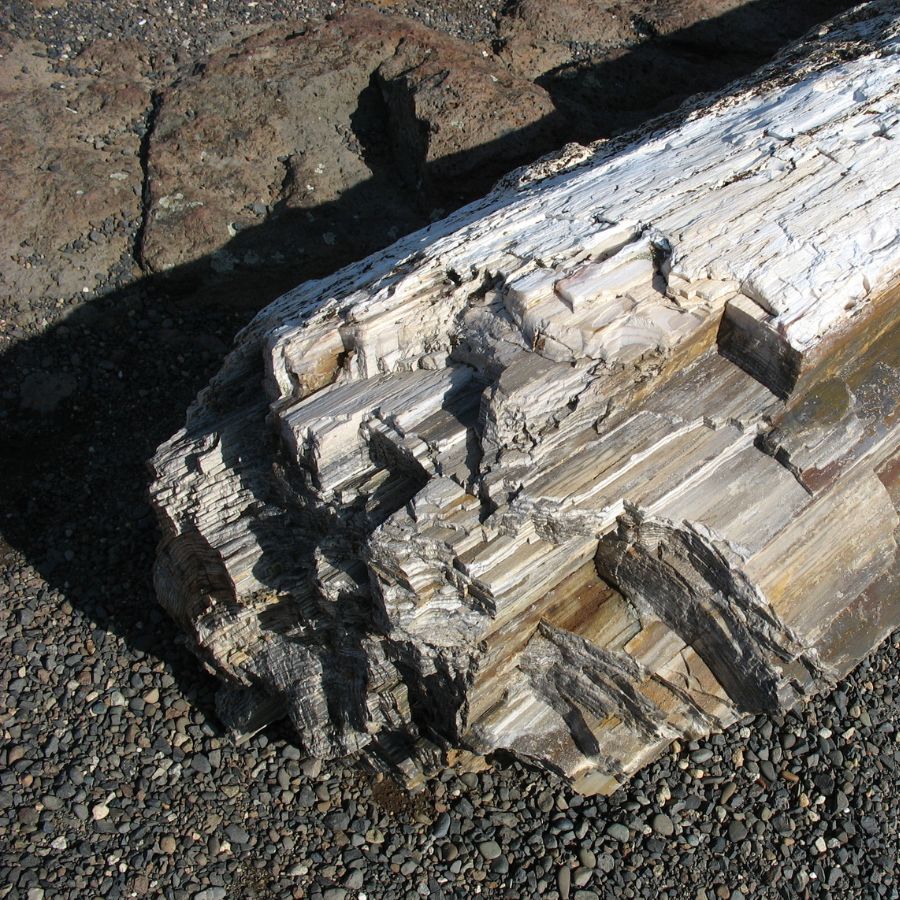
In November 1932, Professor George Beck and his geology students from the Washington State Normal School were conducting a survey in the area now known as Ginkgo Petrified Forest State Park near Vantage, Washington.
During their exploration, they discovered a piece of petrified wood projecting from the base of a small landslide. Upon further examination, they identified it as an intact petrified log of a Ginkgo tree (Ginkgo biloba), marking the first such discovery on record.
This significant find spurred efforts to preserve the area, leading to the establishment of the Ginkgo Petrified Forest State Park. The park is renowned for housing one of the most diverse fossil forests in North America, with petrified wood from over 50 different tree species.
Visitors to the park can explore the interpretive center, which showcases various petrified logs and provides insights into the region’s geological history.
How much the treasure would be worth today
Ginkgo Petrified Forest Logs might fetch $1,000 – $10,000 per log, depending on size, preservation, and collector demand.
Mount St. Helens Gold – $20,000+
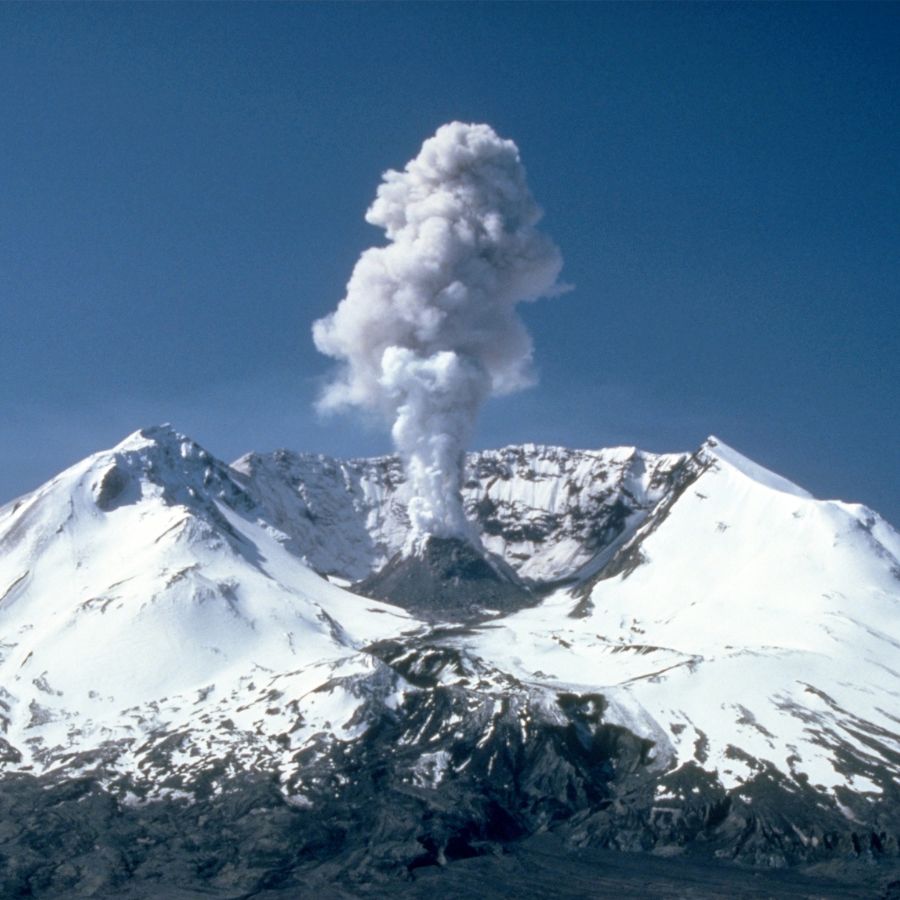
Following the catastrophic eruption of Mount St. Helens in 1980, geologists conducted extensive studies to understand the volcano’s activity and its geological aftermath.
During these investigations, they discovered native gold flecks within the newly formed lava dome. This finding indicated that the volcanic processes had mobilized and concentrated gold from deep within the Earth’s crust.
While the total amount of gold present was not substantial enough to warrant commercial mining, the discovery was scientifically significant. It provided insights into the geochemical processes that can lead to the formation of precious metals in volcanic environments.
The presence of gold also highlighted the dynamic nature of volcanic systems and their potential to bring valuable minerals to the surface.
How much the treasure would be worth today
The few ounces of gold found at Mount St. Helens would be worth around $20,000.
Seattle Mammoth Tusk – $100,000+
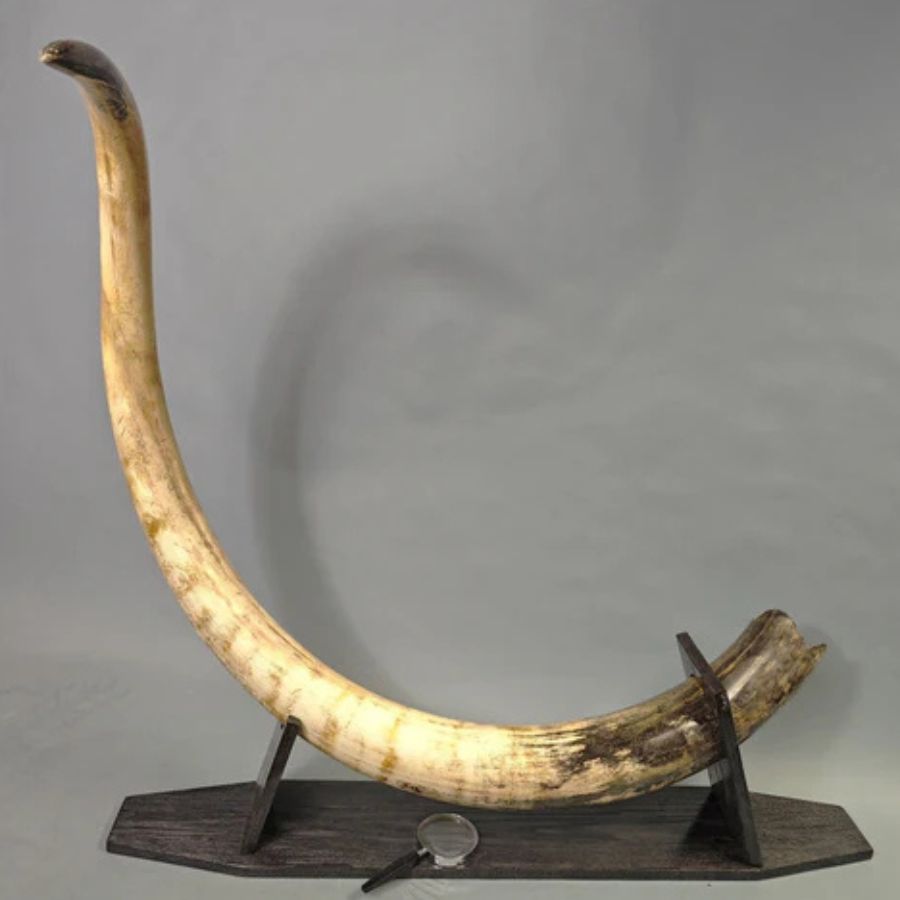
In February 2014, construction workers in Seattle’s South Lake Union neighborhood unearthed an 8.5-foot-long Columbian mammoth tusk. It was buried about 30 feet underground and estimated to be around 16,000 years old.
The landowner, AMLI Residential, allowed paleontologists from the Burke Museum to excavate and preserve the fossil. Despite being fragile, the tusk was successfully removed and transported for conservation.
This discovery is one of the most intact mammoth tusks found west of the Cascades. The fossil provides insight into Ice Age animals that once roamed the region. It remains at the Burke Museum, where it is studied and displayed for the public.
How much the treasure would be worth today
Seattle Mammoth Tusk is estimated to be worth about $50,000 – $100,000, considering the value of well-preserved mammoth fossils.
Quinault Underwater Meteorite – $50,000+
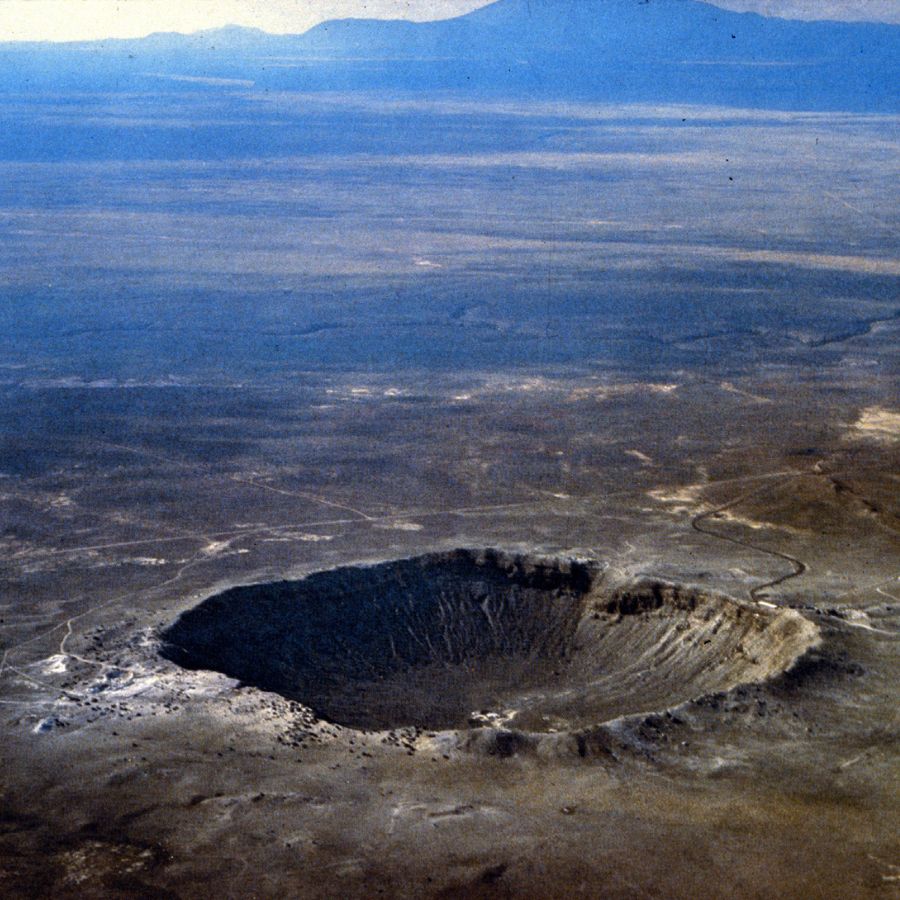
In March 2018, a brilliant fireball illuminated the skies over the Pacific Northwest, culminating in a meteorite splashdown approximately 16 miles off the coast of the Quinault Indian Nation in Washington.
Recognizing the rarity of recovering meteorite fragments from the ocean, NASA’s curator of cosmic dust, Marc Fries, led an ambitious expedition to locate remnants of the celestial object.
Utilizing weather radar data to pinpoint the splashdown site, the team embarked on the research vessel Nautilus to scour the seafloor. After an intensive 8-hour search employing specialized equipment, the scientists successfully retrieved two minuscule fragments, each measuring about 2 millimeters.
Despite their size, these pieces are significant, representing the first intentional recovery of meteorite fragments from the ocean.
How much the treasure would be worth today
Quinault Underwater Meteorite is a rare ocean-recovered specimen and could be worth $10,000 – $50,000 to collectors and scientists.
D.B. Cooper Ransom Money – $65,000+
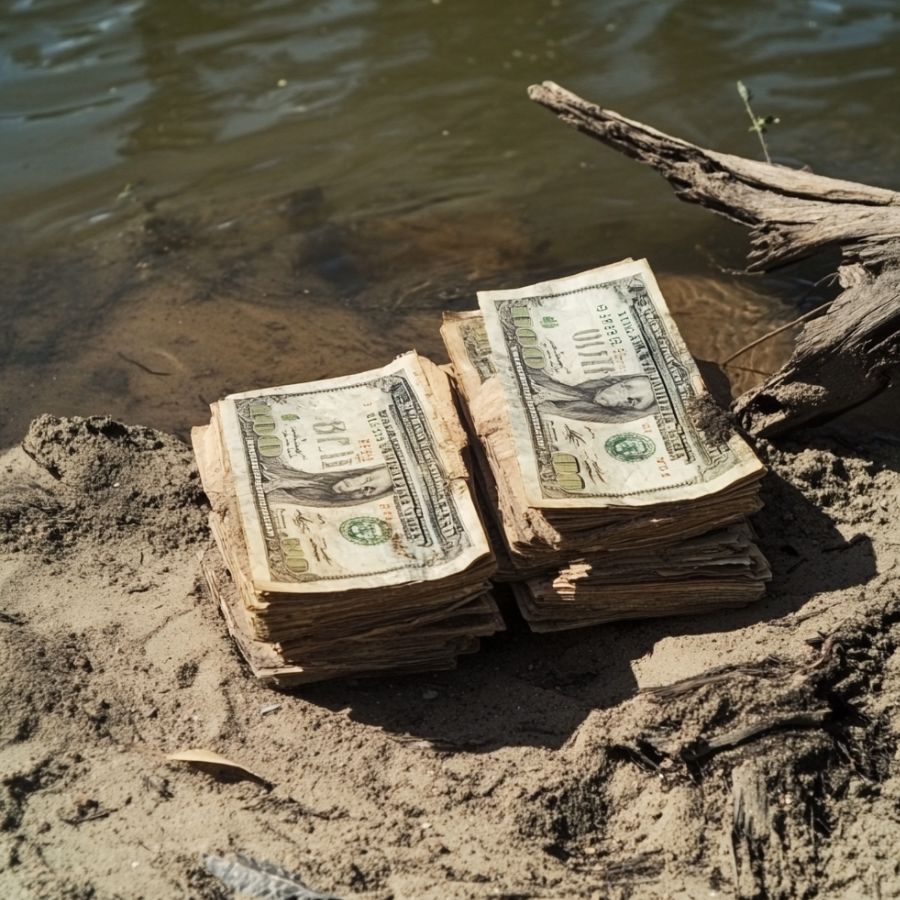
On November 24, 1971, a man known as D.B. Cooper hijacked a Northwest Orient Airlines flight and demanded $200,000 in ransom. After receiving the money, he parachuted from the plane over southwestern Washington and was never seen again.
Nearly a decade later, in February 1980, 8-year-old Brian Ingram was digging in the sand along the Columbia River near Vancouver when he discovered three bundles of deteriorated $20 bills. The serial numbers matched the ransom money, confirming it as part of Cooper’s loot.
In total, $5,800 was recovered, though the bills were heavily damaged by time and the elements. The discovery sparked renewed interest in the case, but no further money or evidence of Cooper’s fate was ever found.
Ingram was later allowed to keep a portion of the bills, and some were auctioned off to collectors for far more than their face value.
How much the treasure would be worth today
The recovered $5,800 in ransom money is estimated to be worth around $65,000 due to its historical significance.
Ellensburg Blue Agate – $9,500+
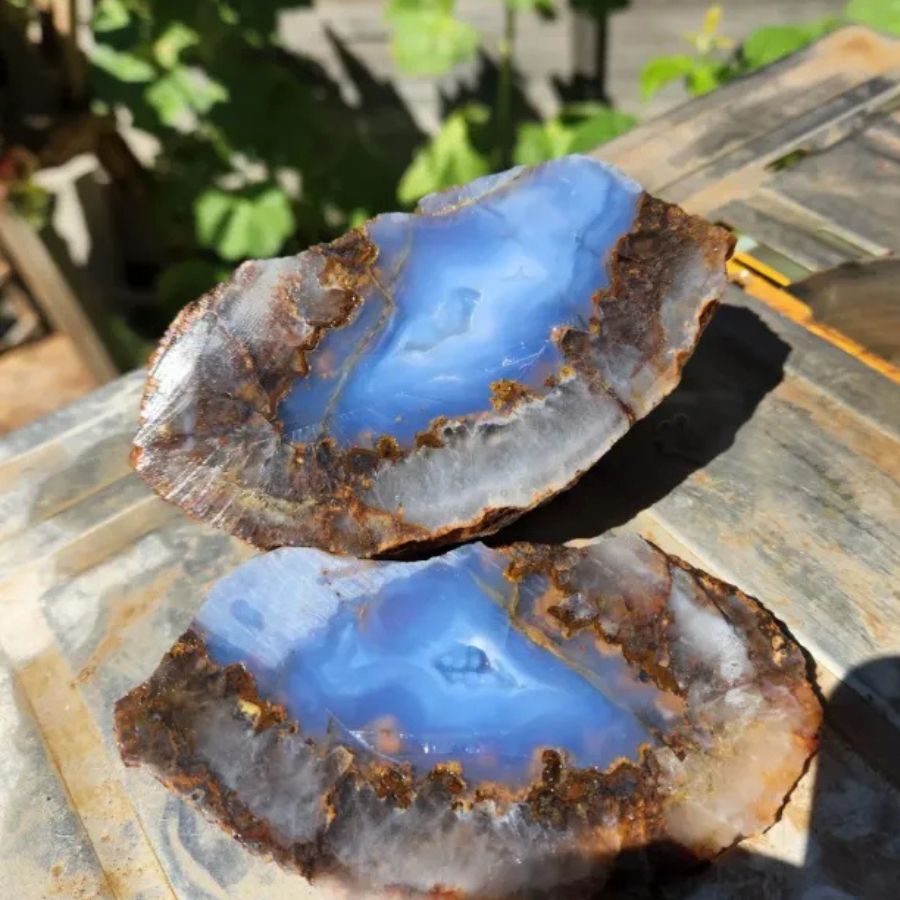
Ellensburg Blue Agate is a rare and highly prized gemstone found exclusively in the region surrounding Ellensburg. In the 1970s, a remarkable specimen weighing approximately 146 grams (730.5 carats) was discovered, showcasing the gem’s distinctive blue hue and exceptional clarity.
This particular piece is considered one of the largest and finest examples of Ellensburg Blue Agate ever found. The gemstone gained prominence in the 1920s when Tiffany & Co. popularized it, and it has since been recognized as one of the world’s rarest gemstones.
The unique coloration is attributed to the specific geological conditions of the area, making it highly sought after by collectors and jewelers. The 146-gram specimen, with its top-quality color and size, stands as a testament to the natural beauty and rarity of Ellensburg Blue Agate.
Such specimens are often cut into cabochons for use in high-end jewelry, though larger pieces like this one are typically preserved as collector’s items due to their scarcity and value.
How much the treasure would be worth today
The 146-gram Ellensburg Blue Agate specimen was listed for sale at $9,500, reflecting its rarity and quality.
If these incredible discoveries have inspired you, don’t miss our list of the 15 Greatest Lost Treasures in Washington that might still be out there.

